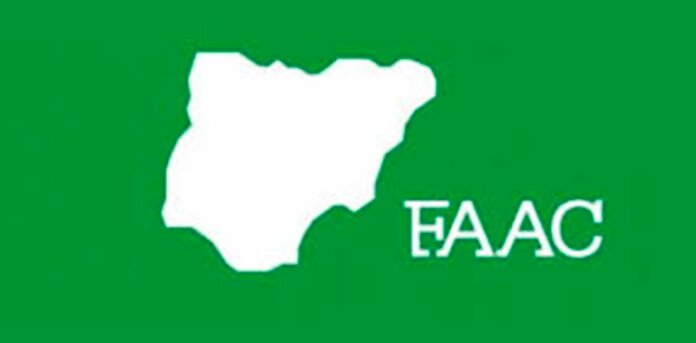A new report by civic-tech organisation, BudgIT, has revealed that 32 out of Nigeria’s 36 states relied on allocations from the Federation Account Allocation Committee for at least 55 per cent of their total revenue in 2023.
The report highlights the over-dependence of many states on federal transfers, which makes them vulnerable to external shocks, particularly those linked to oil revenue and federal disbursements.
BudgIT’s 2024 State of States report, launched in Abuja on Tuesday, contained the findings.
The report provides a detailed analysis of states’ fiscal sustainability, examining how well they balance internally generated revenue against federal allocations.
A statement released at the end of the report launch read, “32 states relied on FAAC receipts for at least 55 per cent of their total revenue, while 14 states relied on FAAC receipts for at least 70 per cent of their total revenue.
“Furthermore, transfers to states from the federation account comprised at least 62 per cent of the recurrent revenue of 34 states, except Lagos and Ogun, while 21 states relied on federal transfers for at least 80 per cent of their recurrent revenue.
“The picture painted above buttresses the over-reliance of the state governments on federally distributable revenue and accentuates their vulnerability to crude oil-induced shocks and other external shocks.”
BudgIT also noted that the total revenue generated by the 36 states rose by 31.2 per cent in 2023, from N6.6tn in 2022 to N8.66tn.
This increase was largely attributed to a 33.19 per cent rise in FAAC allocations following the removal of the petrol subsidy, which freed up more funds for federal disbursement.
However, the report warns that states’ heavy reliance on FAAC receipts leaves them susceptible to revenue fluctuations driven by crude oil prices and other external factors.
Lagos State was the largest contributor to total state revenue, accounting for N1.24tn, or 14.32 per cent of the cumulative revenue.
The report also highlighted that only Lagos and Rivers states were able to generate enough IGR to cover their operating expenses, with IGR-to-operating-cost ratios of 118.39 per cent and 121.26 per cent, respectively.
![]()










